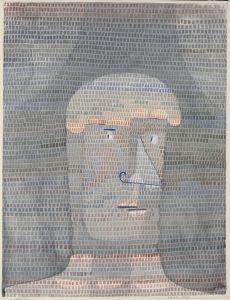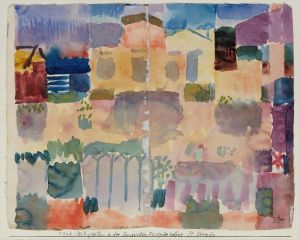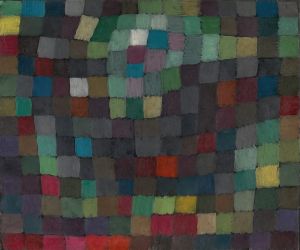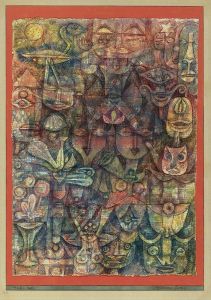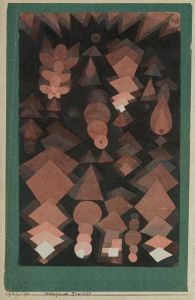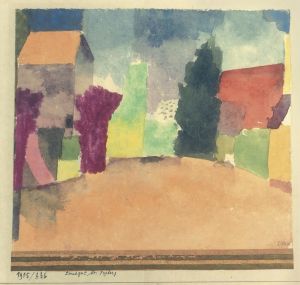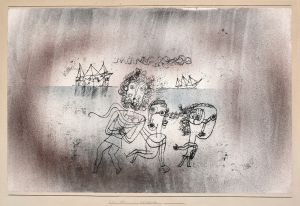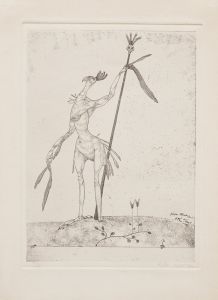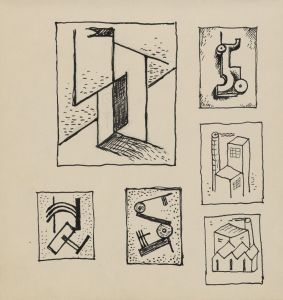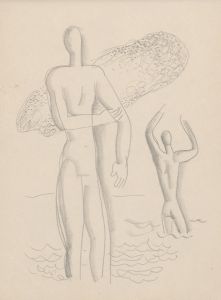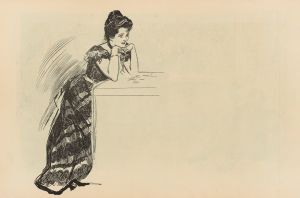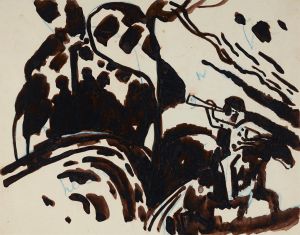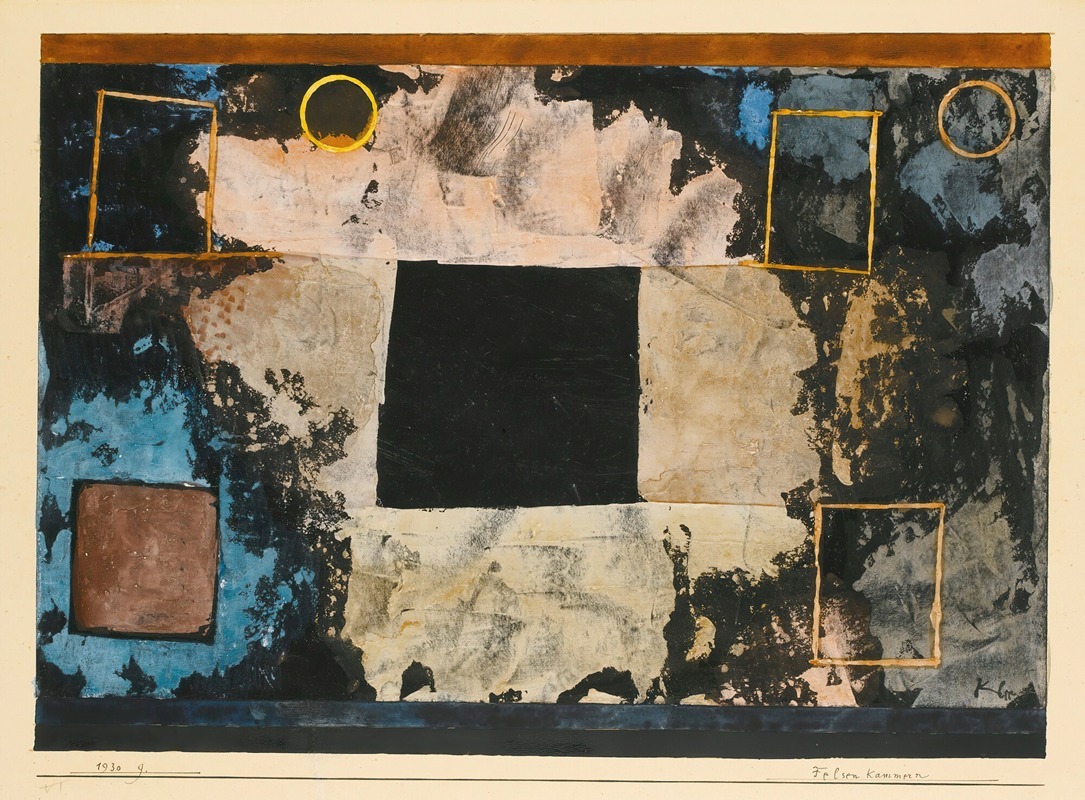
Felsen Kammern
A hand-painted replica of Paul Klee’s masterpiece Felsen Kammern, meticulously crafted by professional artists to capture the true essence of the original. Each piece is created with museum-quality canvas and rare mineral pigments, carefully painted by experienced artists with delicate brushstrokes and rich, layered colors to perfectly recreate the texture of the original artwork. Unlike machine-printed reproductions, this hand-painted version brings the painting to life, infused with the artist’s emotions and skill in every stroke. Whether for personal collection or home decoration, it instantly elevates the artistic atmosphere of any space.
Paul Klee was a Swiss-born artist known for his highly individual style, which was influenced by movements in art that included Expressionism, Cubism, and Surrealism. One of his works, "Felsen Kammern" (translated as "Rock Chambers"), exemplifies his unique approach to art, characterized by a blend of abstraction and figuration, as well as his innovative use of color and form.
"Felsen Kammern" was created during a period when Klee was deeply engaged with exploring the interplay between natural forms and abstract elements. This painting reflects his interest in the structure and texture of the natural world, which he often translated into his own visual language. Klee's work frequently incorporated elements of nature, and he was known for his ability to distill complex forms into simplified, yet evocative, compositions.
In "Felsen Kammern," Klee employs a palette that is both earthy and vibrant, using colors that suggest the natural tones of rocks and earth. The composition is structured in a way that evokes the sense of a cavernous space, with overlapping forms that create a sense of depth and enclosure. This spatial arrangement is typical of Klee's work, where he often played with the perception of space and form to create a sense of movement and dynamism within a static image.
Klee's technique in this painting, as in many of his works, involves a meticulous layering of color and texture. He was known for his experimental approach to materials and often used a variety of media to achieve the desired effects in his paintings. This approach allowed him to create surfaces that were rich in texture and depth, contributing to the overall impact of the work.
The title "Felsen Kammern" itself suggests a connection to the natural world, with "Felsen" meaning "rocks" or "cliffs" in German, and "Kammern" meaning "chambers" or "rooms." This title reflects Klee's interest in the intersection of natural and architectural forms, a theme that recurs throughout his oeuvre. By naming the painting in this way, Klee invites viewers to consider the relationship between the organic and the constructed, a duality that is central to much of his work.
Paul Klee's art is often noted for its playful yet profound exploration of form and color, and "Felsen Kammern" is no exception. The painting exemplifies his ability to convey complex ideas through simple yet powerful visual means. Klee's work continues to be celebrated for its originality and its ability to transcend traditional boundaries between different artistic movements and styles.
Overall, "Felsen Kammern" is a testament to Klee's innovative spirit and his enduring influence on the world of modern art. His ability to blend abstraction with elements of the natural world has left a lasting legacy, inspiring countless artists and art enthusiasts alike.






